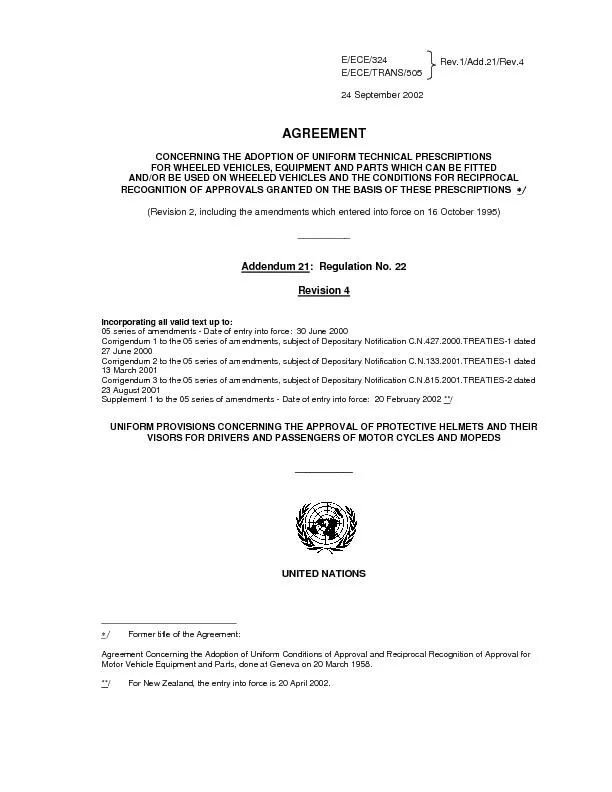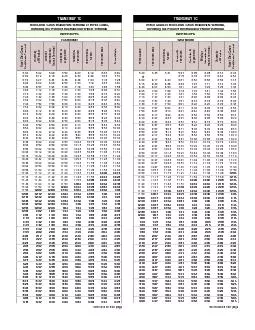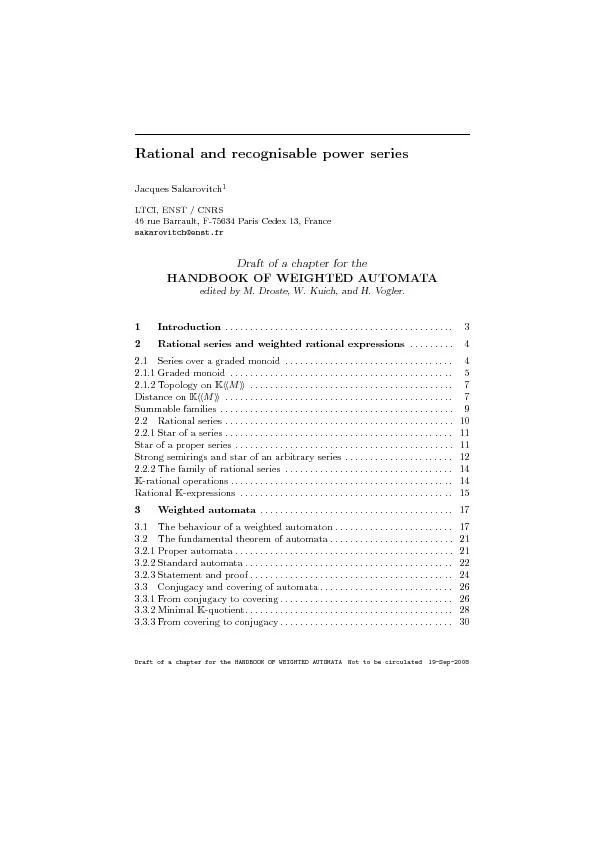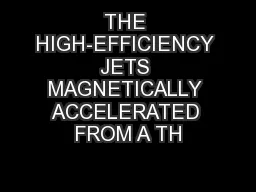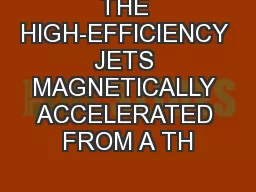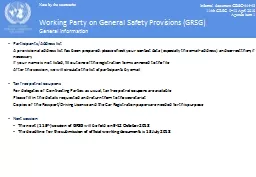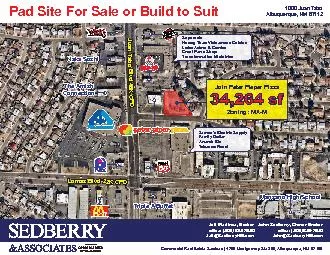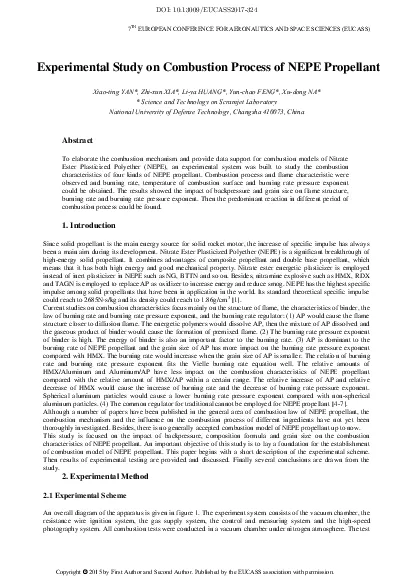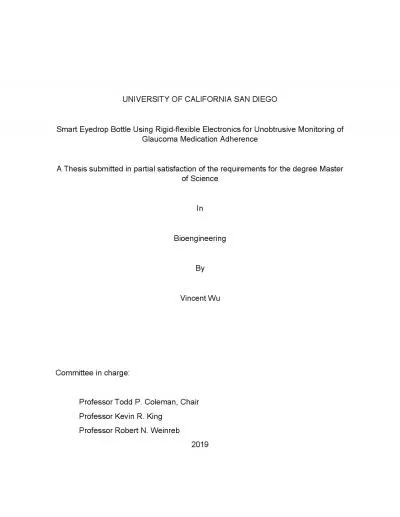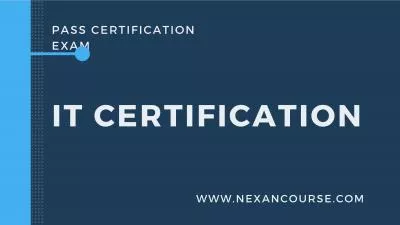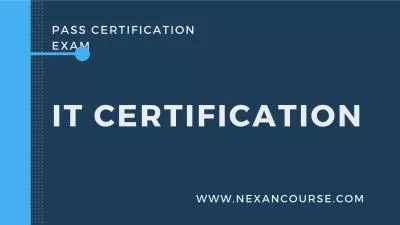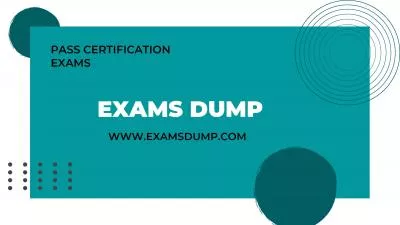PDF-E/ECE/324 Rev.1/Add.21/Rev.4 E/ECE/TRANS/505
Author : olivia-moreira | Published Date : 2016-08-22
Regulation No 22 Revision 4 Incorporating all valid text up to For New Zealand the entry into force is 20 April 2002 EECE324 Rev1Add21Rev4Regulation No 22 page
Presentation Embed Code
Download Presentation
Download Presentation The PPT/PDF document "E/ECE/324 Rev.1/Add.2..." is the property of its rightful owner. Permission is granted to download and print the materials on this website for personal, non-commercial use only, and to display it on your personal computer provided you do not modify the materials and that you retain all copyright notices contained in the materials. By downloading content from our website, you accept the terms of this agreement.
E/ECE/324 Rev.1/Add.21/Rev.4 E/ECE/TRANS/505: Transcript
Download Rules Of Document
"E/ECE/324 Rev.1/Add.21/Rev.4 E/ECE/TRANS/505"The content belongs to its owner. You may download and print it for personal use, without modification, and keep all copyright notices. By downloading, you agree to these terms.
Related Documents

